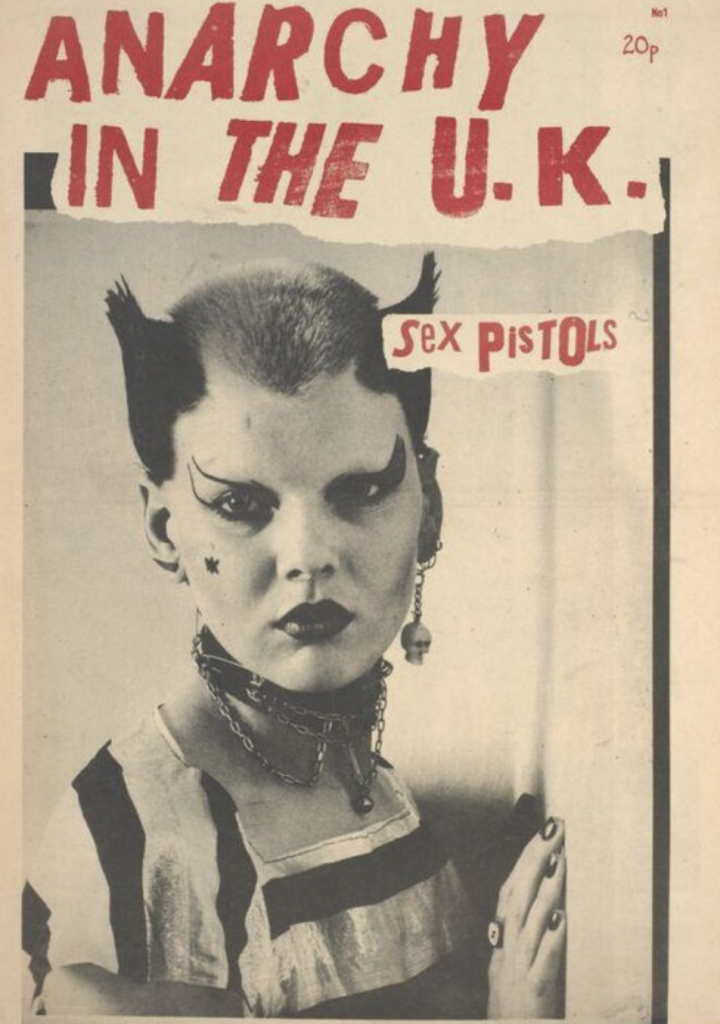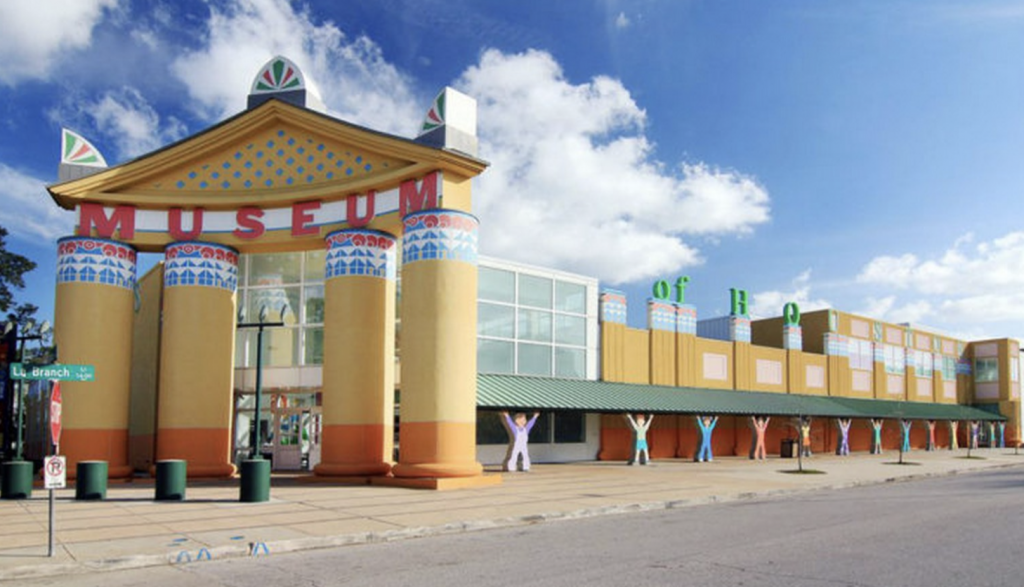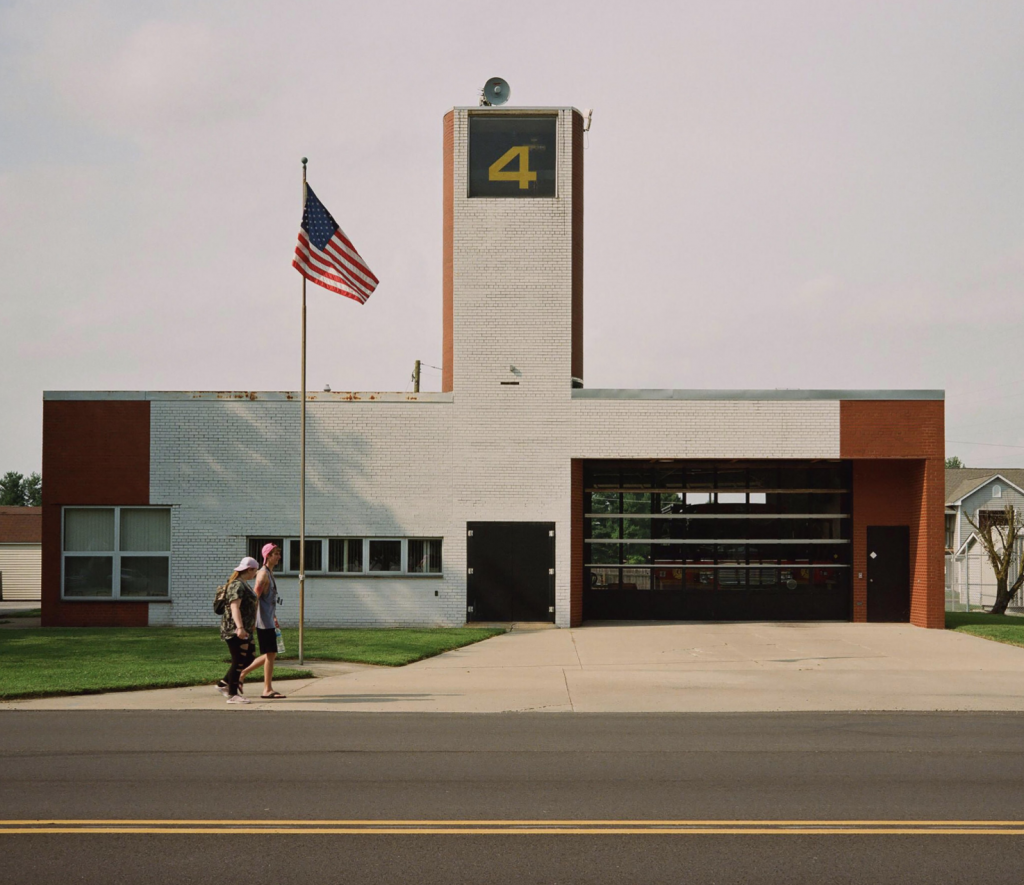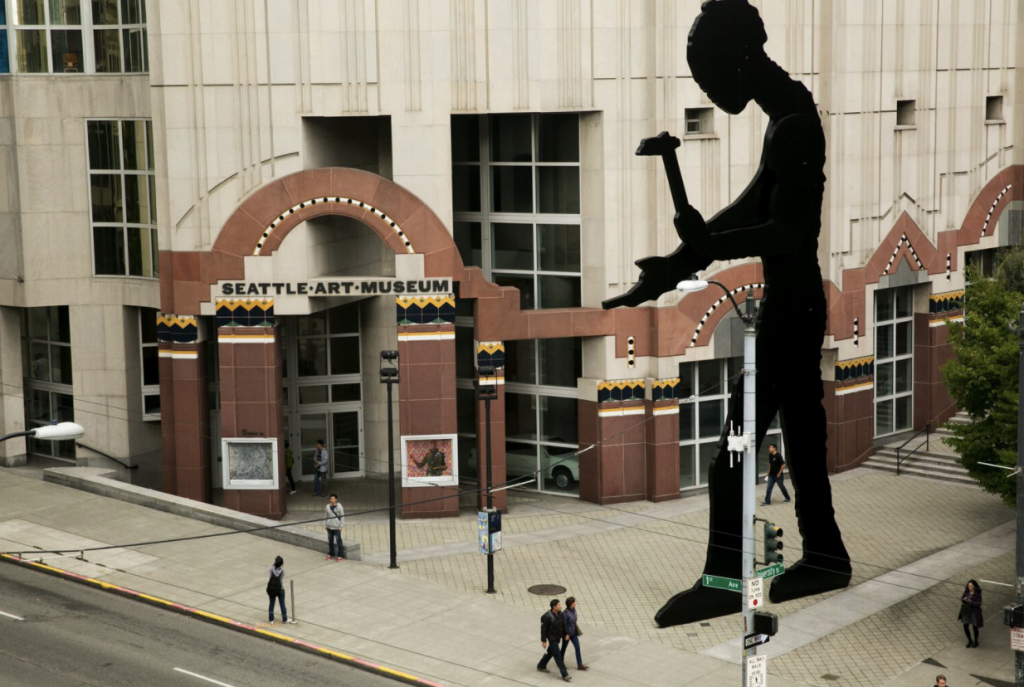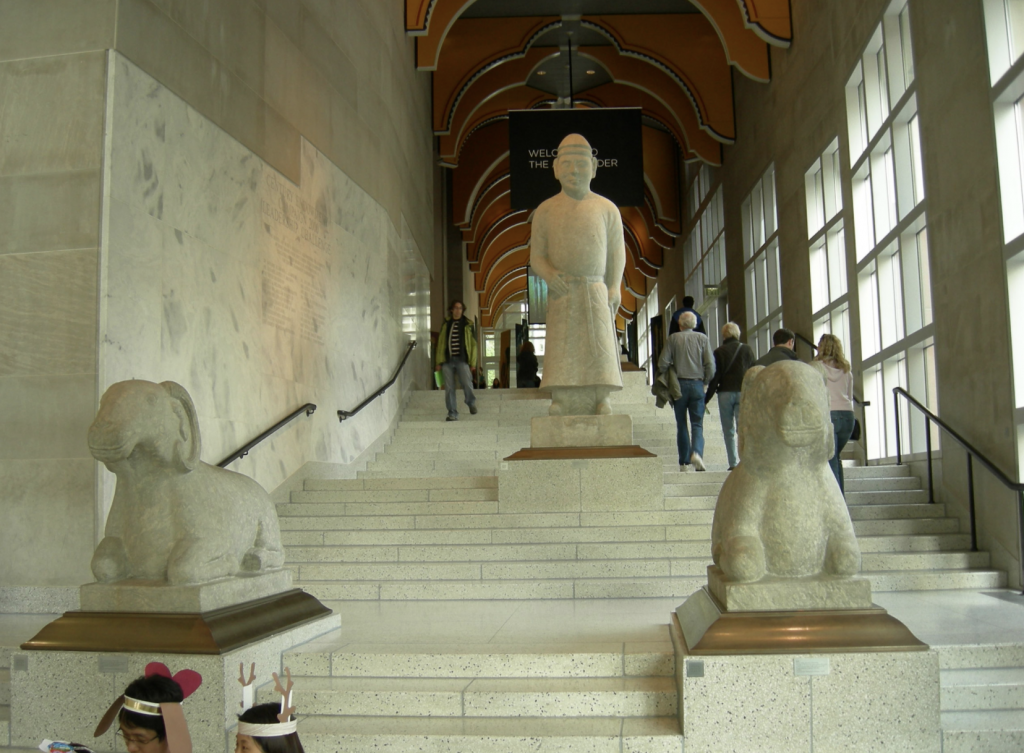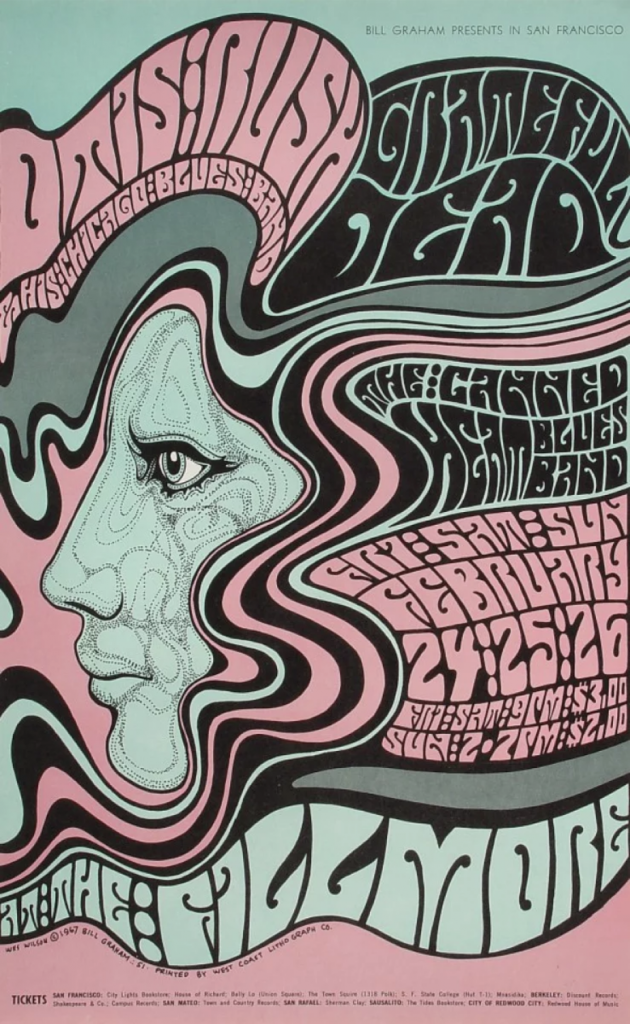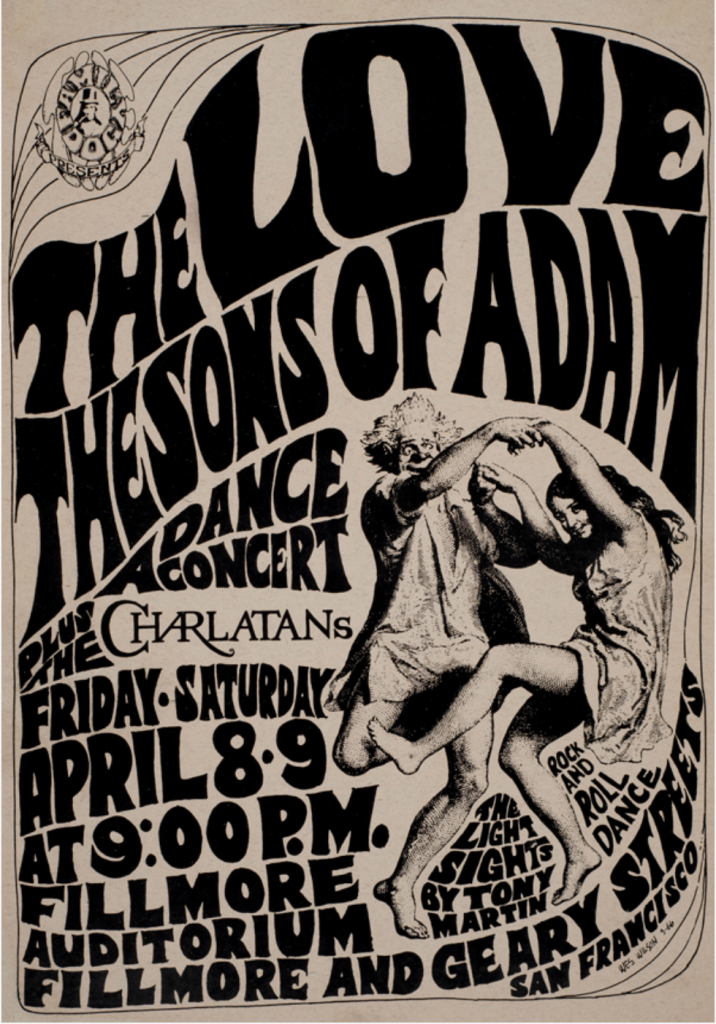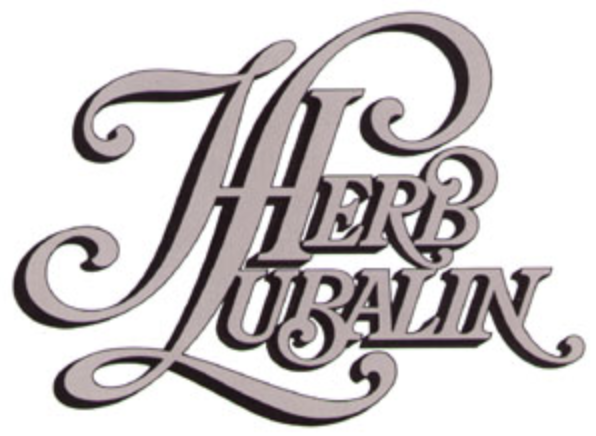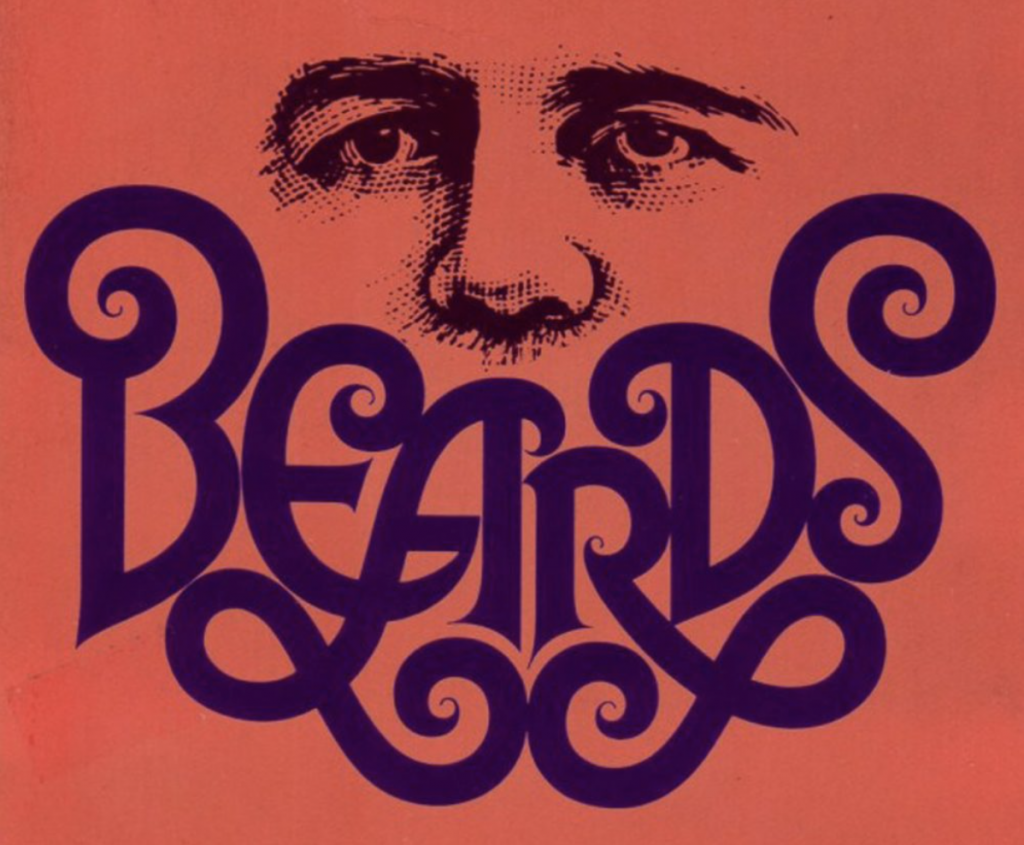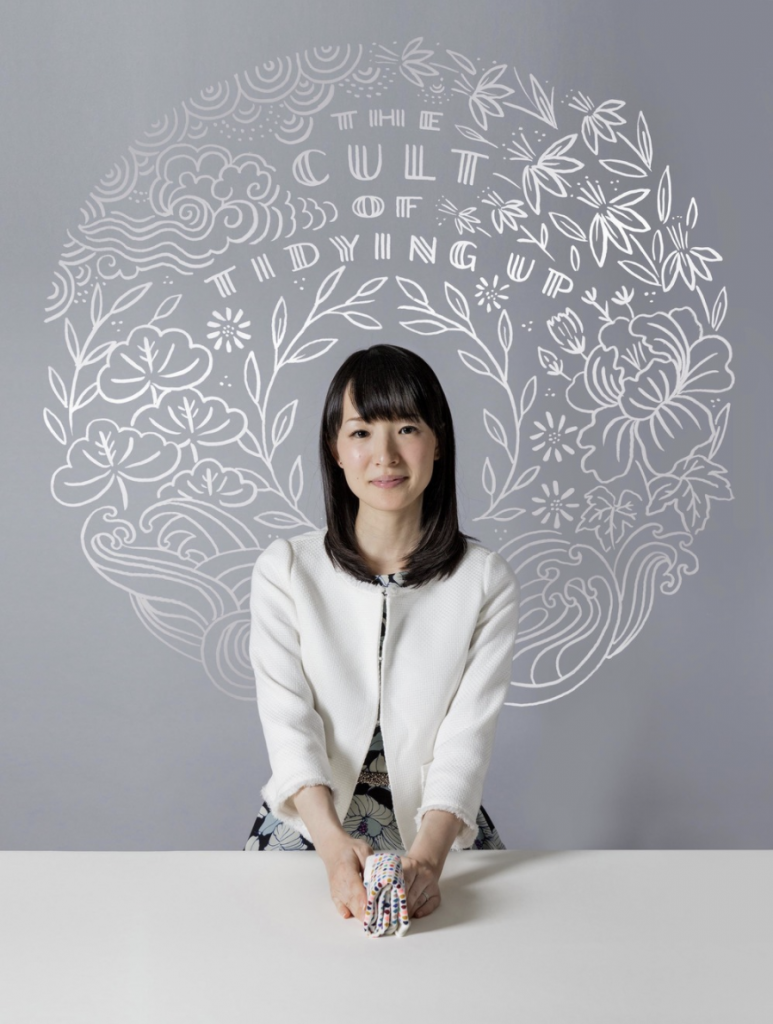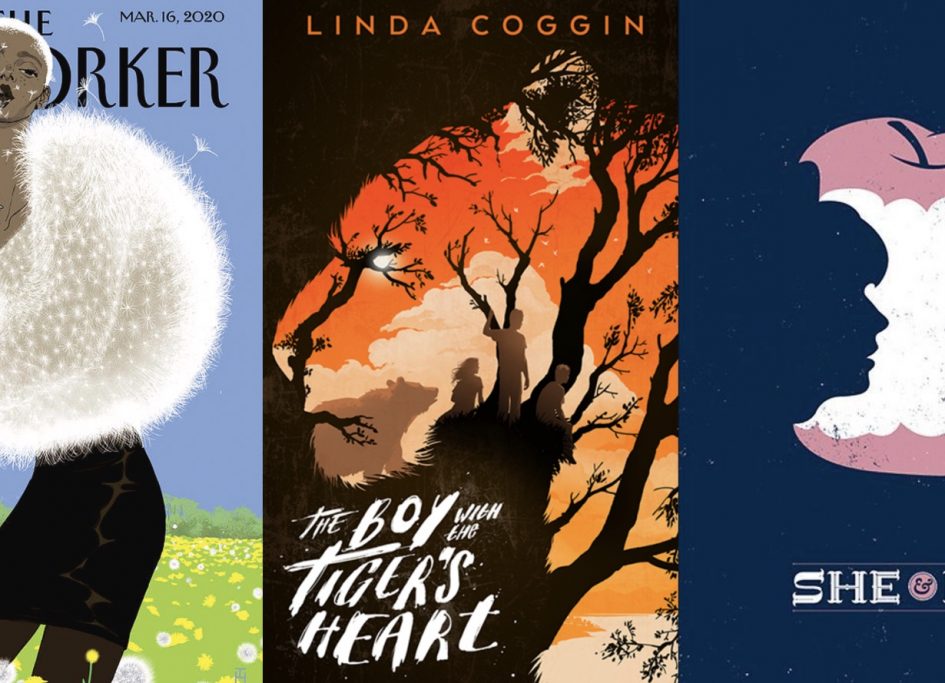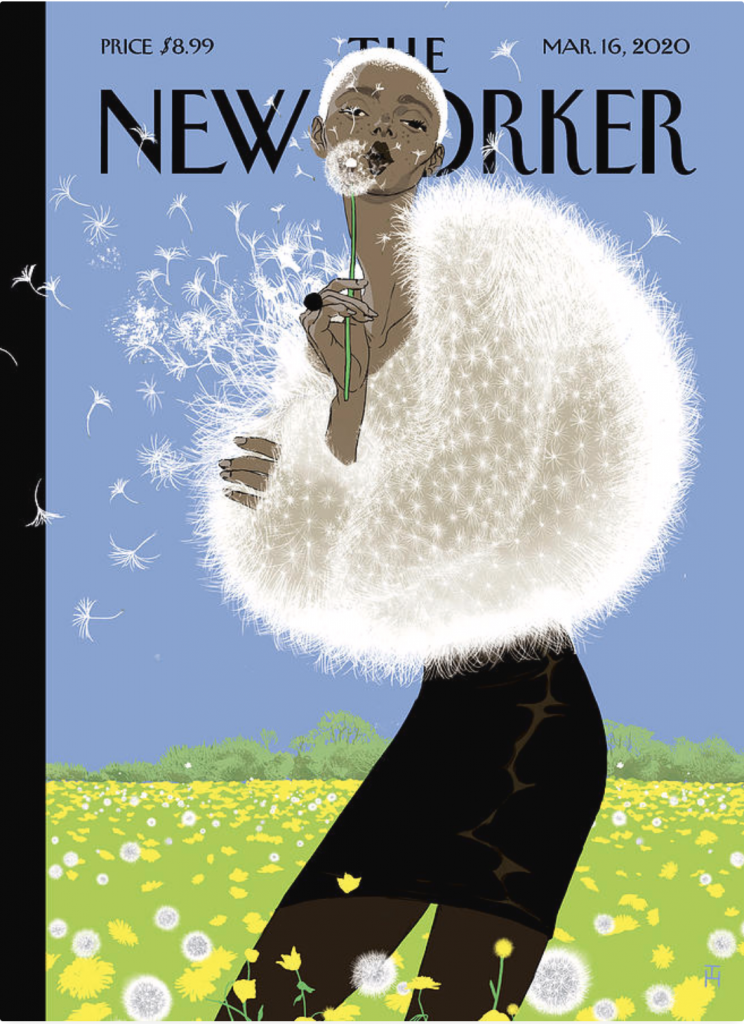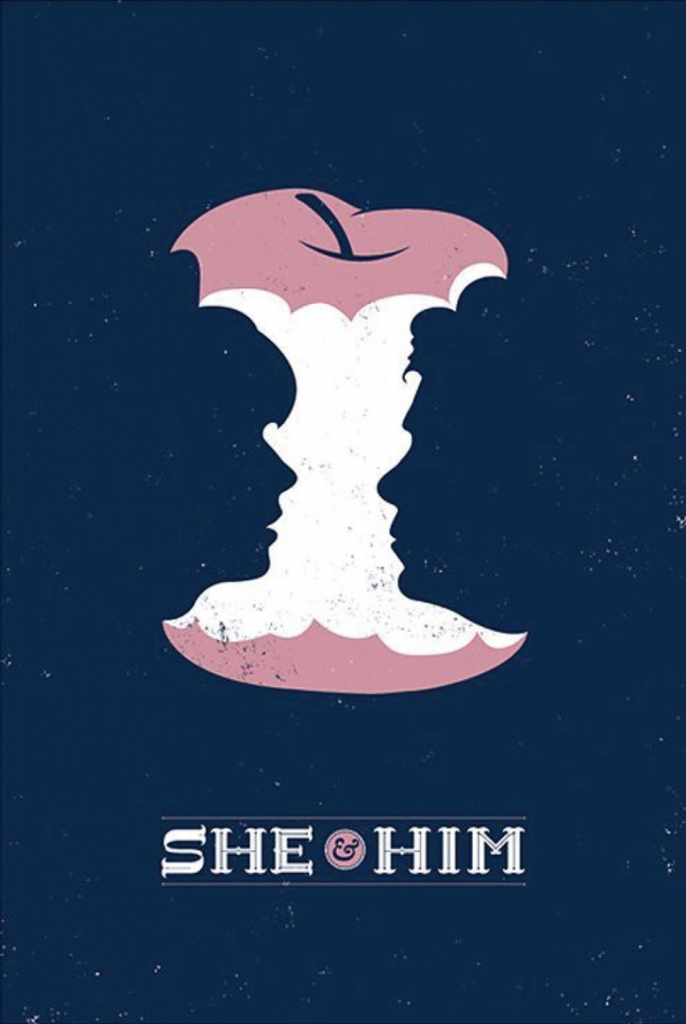Theo Dimson captured my heart with his minimal figures and lovely usage of colour.
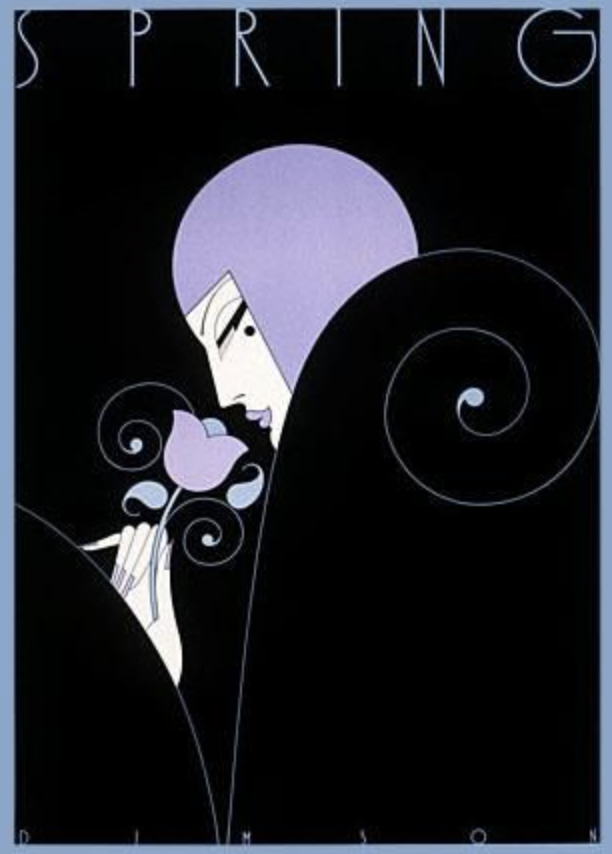
Born in London, Ontario and grown up around comics books and magazines, DImson became enamoured with design at a very early age. Dimson was given a scholarship to attend the Ontario College of Art and Design, which he later graduated from in 1950.
After working as president and director of Reeson Dimson & Smith LTD for over a decade, Dimson made the decision to make his own company Dimson Designs Inc. in 1985, where he was president and creative director of the company.
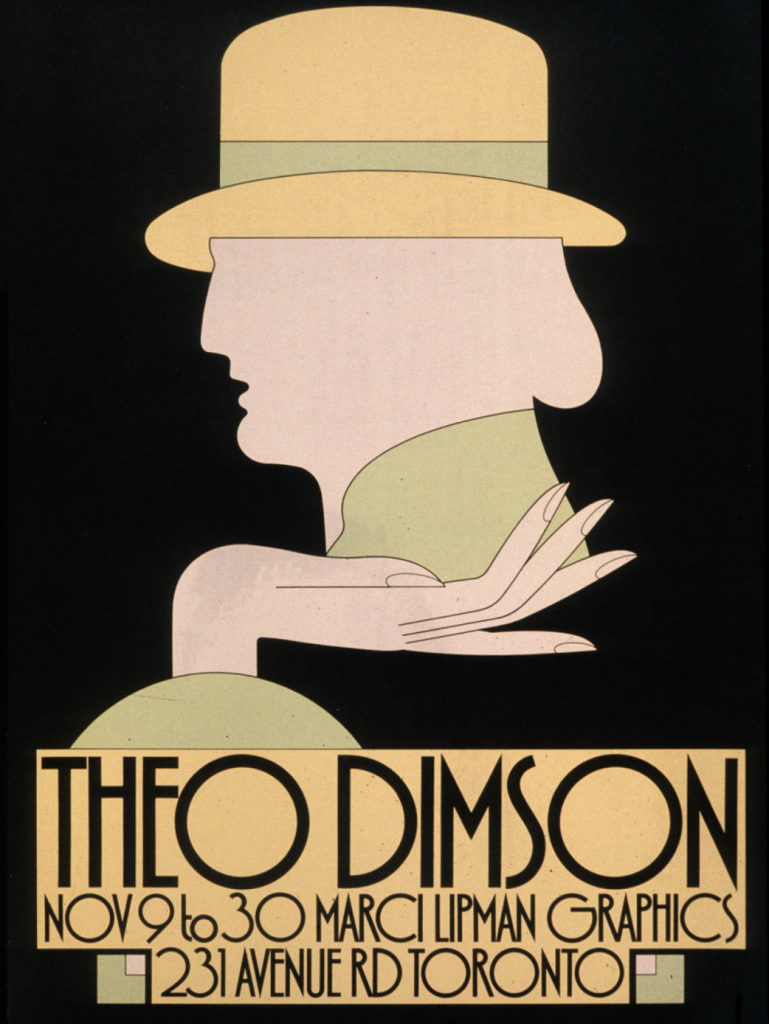
Now I’d like to move on to Dimson’s illustration style. It required very little detail but has the perfect ability for the viewer to understand the point of the image right away. Personally something that I wish I would be able to have the ability to execute.

